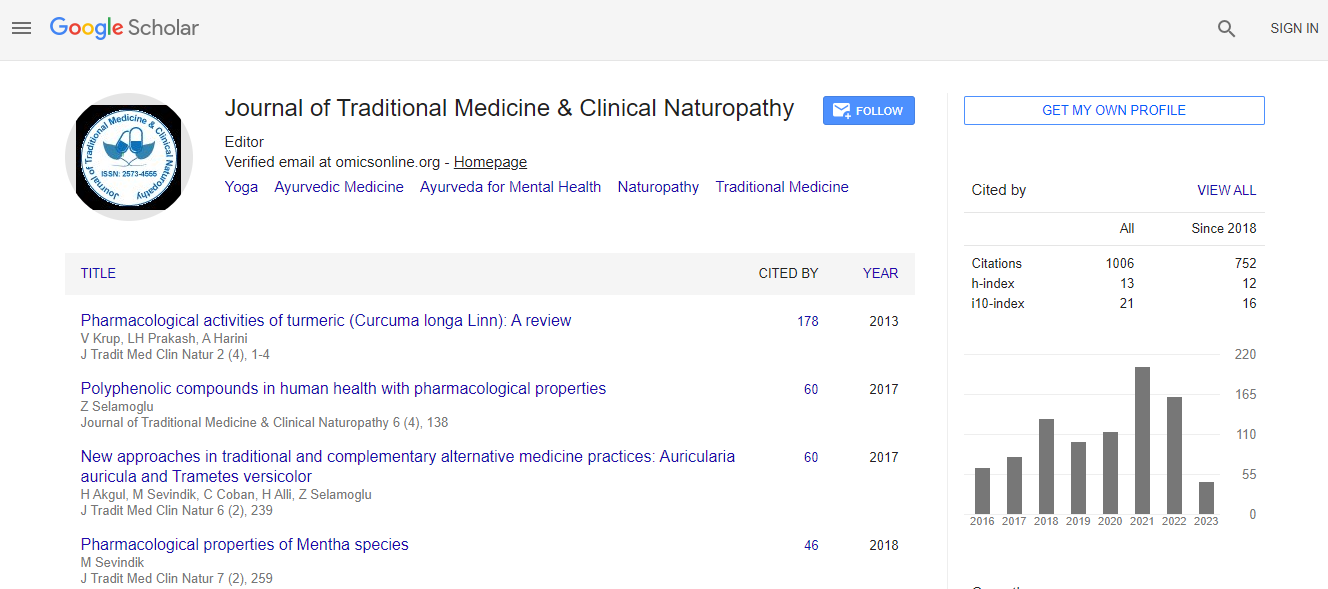Research Article
Homeopathic Medicines Protect Environment, Health and Development by Controlling Mulberry Diseases
| Subhas Chandra Datta1* and Rupa Datta2 | |
| 1Eco-club Research Unit, Kanchannagar D.N.Das High School, Kanchannagar, Burdwan-713102, West Bengal, India | |
| 2Life Science Unit, Burdwan Model School, Dewandighi, Burdwan-713101, West Bengal, India | |
| Corresponding Author : | Subhas Chandra Datta Masterpara (New Traffic Colony) P.O. & P.S.- Andal, Burdwan Pin-713321, West Bengal, India Tel: 0342-2638135 E-mail: dattasubhas@rediffmail.com |
| Received December 13, 2011; Accepted January 11, 2012; Published January 16, 2012 | |
| Citation: Datta SC, Datta R (2012) Homeopathic Medicines Protect Environment, Health and Development by Controlling Mulberry Diseases. J Homeopat Ayurv Med 1:104. doi: 10.4172/2167-1206.1000104 | |
| Copyright: © 2012 Datta SC, et al. This is an open-access article distributed under the terms of the Creative Commons Attribution License, which permits unrestricted use, distribution, and reproduction in any medium, provided the original author and source are credited. | |
Abstract
Plant diseases, caused by pathogens, significantly reduce food production particularly in the developing world where farmers have little knowledge of these pests. In sericulture, mulberry is an economical plant because silk production depends on the nutritive quality of the leaves which is hampered by various pathogen attacks like nematodes, fungus, virus, bacteria and insects etc. Recently, synthetic- and chemical- pesticides are the most effective means of control, but they are both expensive and environmentally unfriendly. The “evils” of synthetic- and chemical- pesticides has been a major concern to environmentalists. The use of chemical pesticides may achieve a measure of control of those mulberry diseases but there remains the problem of residual toxicity in the treated plants and this toxicity results in reduced palatability of the leaves to the feeding silkworm larvae, reduction in growth of the larvae and also in silk production. These are serious issues which directly cause crises of financial losses, food productions, and climatic changes, but in combination, their impact could be catastrophic for the global economy. To move forward will require new and more efficient solutions, technologies and products. Climate change and resource productive economies are now universally recognized as a significant global environmental challenge. To meet the challenge of the problems, a number of plant bio-nematicides though effective and easily biodegradable are not easily available in large quantities from natural sources and isolation of only a small quantity of an effective metabolites requires huge quantities of plant materials. This would result in rapid depletion of natural resources, particularly in tropical regions. Indiscriminate use of plant resources have already created problem of biodiversity conservation in the world. Bio-nematicides from animal origin (like nematode extract) reduce nematodes infestation in different plants and root callous by using their defense- response against nematode infection. But it remains as a problem.
To conquer this situation, the only ‘Homeopathy’ can solve all the above mentioned problems. Here, Homeopathic medicines; Cina, prepared from the flowering meristems of Artemisia nilagirica (Clarke) pamp and Aakashmoni, prepared from the funicles of Acacia auriculiformis A. Cunn, mixed with distilled water @ 7.2 mg/ml, were applied by foliar spray once daily for 15 days @ 10ml/plant on mulberry (Morus alba L., cv. S1) are highly effective in ameliorating mulberry diseases; root-knot [Meloidogyne incognita (Kofoid and White) Chitwood], leaf spot [Cercosporam moricola (Cooke)], powdery mildew [Phyllactinia corylea (Pers.) Karst], mosaic disease (mosaic virus) and tukra disease [Maconellicoccus hirsutus (Green)]. Both the drugs also improve the plant growth effectively which directly increase photosynthesis rate and significantly reduce CO2 in the environment. Both the drugs also improve the growth of silkworms, shell weight, sex ratio percentage [SR%] and egg laying capacity of mother moth and also increase silk production and effective rate of silkworms rearing [ERR] commercially which directly enriches sericulture industry as well as agriculture sector. These cost-effective homeopathic medicines are easily available, biodegradable, non-phytotoxic and non-pollutant as well as conserve our biodiversity which will contribute towards “Sustainable Environment, Health and Development

